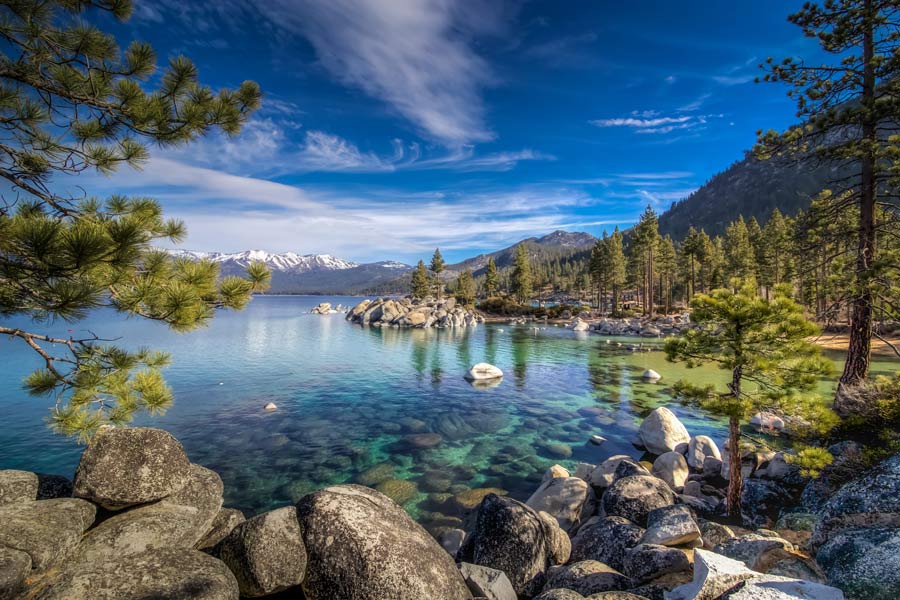Dia de los Muertos: A celebration of life and death
crow@tahoedailytribune.com

Getty Images/iStockphoto | iStockphoto
Dia de los Muertos, or Day of the Dead, isn’t meant to be scary like Halloween. Rather, this Latin American holiday celebrates death as a part of life, with roots in pagan Aztec lore. It also pays homage to deceased loved ones through family ritual, often connected to the Catholic Church.
And though Day of the Dead celebrations coincide this weekend (Sunday and Monday, Nov. 1-2) with America’s spooky traditions — like trick-or-treating and haunted houses — its purpose is very different.
“It’s a celebration to honor your deceased people, to remember them with happiness and to welcome them to our homes one more time,” Colorado Mesa University Spanish professor Dr. Mayela Vallejos-Ramirez said. “We normally think about death as something scary or morbid, but not for these celebrations. Latin Americans laugh about death; it’s a fusion that we have with the Spaniards, because also the Spaniards laugh at death.
“It’s a part of the Latin American traditions and idiosyncrasies, their relation with death and life.”
Visiting and decorating cemeteries is one major component of the holiday, retired Colorado Mesa University mythology professor Dr. Luis Lopez said. He grew up celebrating Day of the Dead with his Hispanic family in Albuquerque, N.M.
“In my family, we didn’t build an altar as it’s often done now, but we did go visit the grave,” he noted. “Tombs are decorated with objects to be given and fed, but the very important thing is there are always marigolds there, the flower of the dead. Quite often, there’s bread put down, and lots of tissue paper, decorations, incense and candles.”
Funny stories are often told about dead family members at their grave sites, Lopez explained. And if a person who died had a favorite item, it was taken to the cemetery, too. For instance, if Uncle Juan loved to drink tequila, family members would bring a bottle to his grave. Or, if there was a favorite book or smoking pipe, that would be brought.
“People go a day before and clean cemeteries and tombs, decorating those tombs very beautifully with any flower you can find, artificial or natural,” Vallejos-Ramirez said. “People, in many countries like Chile and Mexico, go to the cemetery with picnic baskets, bring favorite dishes and they eat with their deceased there.”
Other items, like sugar skulls and skeletons, are used to decorate graves and homes.
“Skeletons mean death, and death is not to be feared,” Lopez said. “In other cultures, skeletons scare you. For us, it’s a remembrance that we will die. It’s not necessarily a sad thing. It frightens some people, but once they learn what’s going on it’s not a frightening thing.”
For Vallejos-Ramirez, who grew up in Costa Rica before coming to the U.S., her traditions include honoring deceased family members at their graves, but also building a Day of the Dead altar in her home.
Family altars are normally white. “That signifies purity, that the person is on another level now,” she explained, and a cross sits in the center. There will also be “a saint or two, depending on a person’s inclination for the saints.” And other items are required, too, like salt, a glass of water, incense, candles and marigolds.
The glass of water is placed out for the spirits because the tradition says that “after they make a trip from the other dimension, they are thirsty,” Vallejos-Ramirez added. And marigold petals are used to make a road from a home’s front door to the altar “so a soul can find its way back to the house.” Favorite items, like perfume or tequila, are placed at the altar as well, along with photos of the dead.
And though Day of the Dead is sometimes thought of as a Mexican tradition, this autumn holiday pops up throughout Central and South America. Plus, it’s even gaining in popularity across the U.S.
“People want to learn more about it,” Vallejos-Ramirez said.
This story first ran in the Grand Junction Free Press, a sister publication to Tahoe Daily Tribune.

Support Local Journalism

Support Local Journalism
Readers around the Lake Tahoe Basin and beyond make the Tahoe Tribune's work possible. Your financial contribution supports our efforts to deliver quality, locally relevant journalism.
Now more than ever, your support is critical to help us keep our community informed about the evolving coronavirus pandemic and the impact it is having locally. Every contribution, however large or small, will make a difference.
Your donation will help us continue to cover COVID-19 and our other vital local news.





